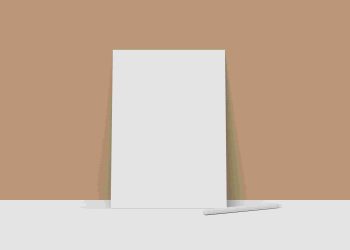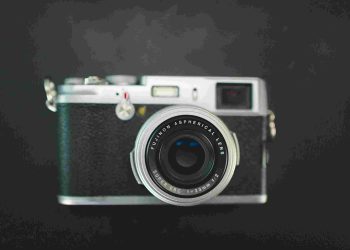Best Style Edit Techniques for Beginners
Editing is an art as much as it is a science, yet many beginners treat it as a mechanical process that requires little thought beyond technical fixes. This is a mistake. The way we refine our style—whether in writing, design, or personal presentation—reveals more about our creative immersion than the final product ever could. For beginners, learning to master the nuances of style editing is not merely an essential skill; it’s a gateway to innovation and confidence.
Questioning Conventional Wisdom
Conventional advice often suggests starting with simple style corrections: eliminating grammatical errors, choosing more vibrant colors in designs, or making sure everything fits neatly. While these are valuable steps, they can also limit your creative potential if followed without question. Ask yourself: Do the rules really apply to your vision? Sometimes, breaking the rules entirely is the boldest form of editing. Consider Picasso’s untraditional use of form—his work redefined not just art, but how we perceive beauty and abstraction.
Psychoanalysis Meets Design
How does psychology influence your editing choices? Style editing is deeply tied to the emotions you want to evoke in others. Cognitive psychology reveals that humans respond more strongly to stories and metaphors than to rigid perfection. When editing a piece, incorporate metaphors that characterize your subject. Instead of simply refining “good lighting” in a photo, think of the lighting as the “heartbeat of the moment.” Such psychological depth will transcend basic tweaks, giving your work a soul.
Expanding Your Horizons With Technology
The future of style editing lies at the intersection of creativity and technology. Tools powered by artificial intelligence, such as Grammarly for writing and Adobe Sensei for design, can remove the guesswork. These technologies challenge us to think not just about the ‘how,’ but the ‘why.’ For example, predictive algorithms can suggest color palettes based on the emotions associated with specific colors—use this to experiment boldly, but make conscious decisions beyond automatic suggestions.
Beginner Strategies for Immediate Impact
-
Start Small:
Focus initially on one aspect of your style, such as tone in writing or alignment in design, mastering it before expanding. -
Learn From Failure:
Keep examples of early failures and revisit them weekly. Identify what went wrong and reimagine those attempts. -
Seek Feedback:
Ask mentors or peers for their opinions. Their constructive criticism will help you confirm strengths and unearth weaknesses. -
Educate Yourself:
Read widely, not just in your field but in psychology, business practices, and technology trends. Borrow insights and adapt them creatively.
Tying Philosophical Insights to Editing
Philosopher Søren Kierkegaard once declared that “life must be lived forwards but can only be understood backwards.” This paradigm applies seamlessly to style editing. Beginners should think of their edits as an evolving chronicle rather than as static revisions. Only by revisiting their choices and reflecting on their results can they fully grasp their growth and inform future decisions.
The Role of Persistent Learning
True style editing mastery requires continual self-education. Read timeless texts and emerging blogs on editing, immerse yourself in evolving trends, and study thought leaders across disciplines. Remember: being a beginner doesn’t mean remaining one forever.
Call to Action: Experiment Boldly
If you’ve read this far, don’t just leave with a head full of knowledge. Begin editing today with the courage to experiment and push boundaries. Style refining isn’t simply about sharpening edges—it’s about creating an art piece that resonates. Break conventions, make unapologetic mistakes, and reimagine your process.











